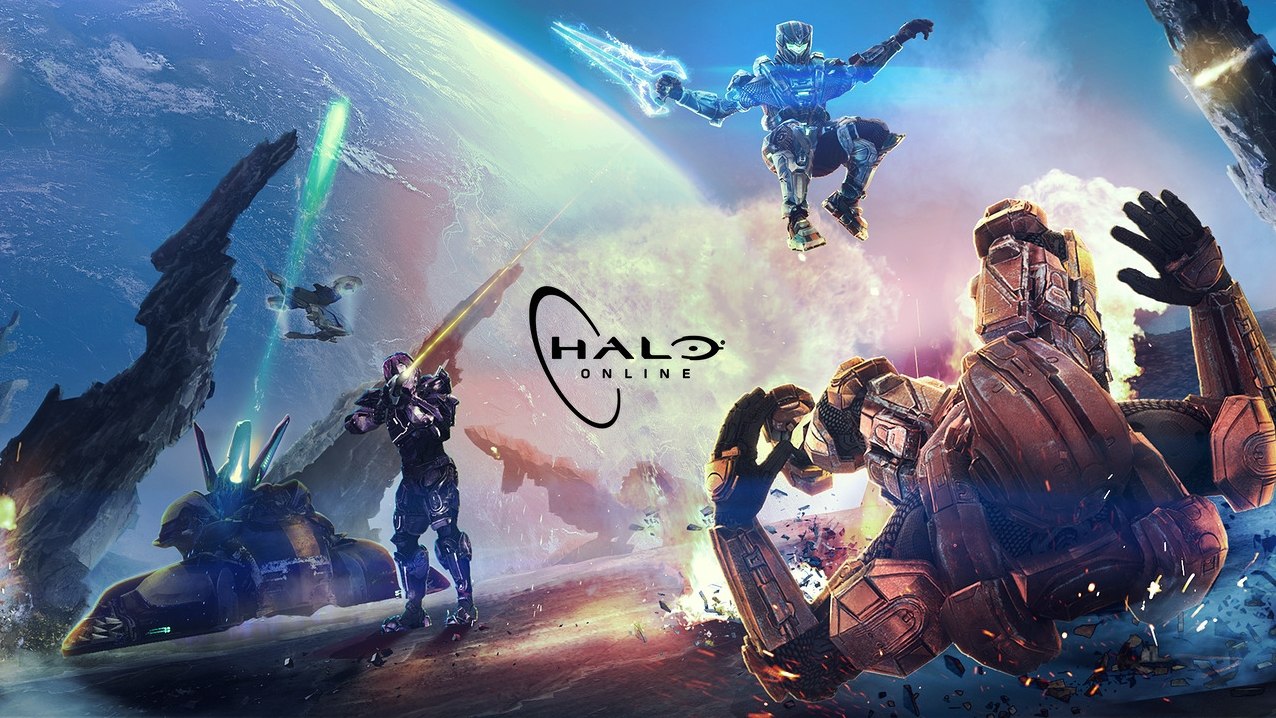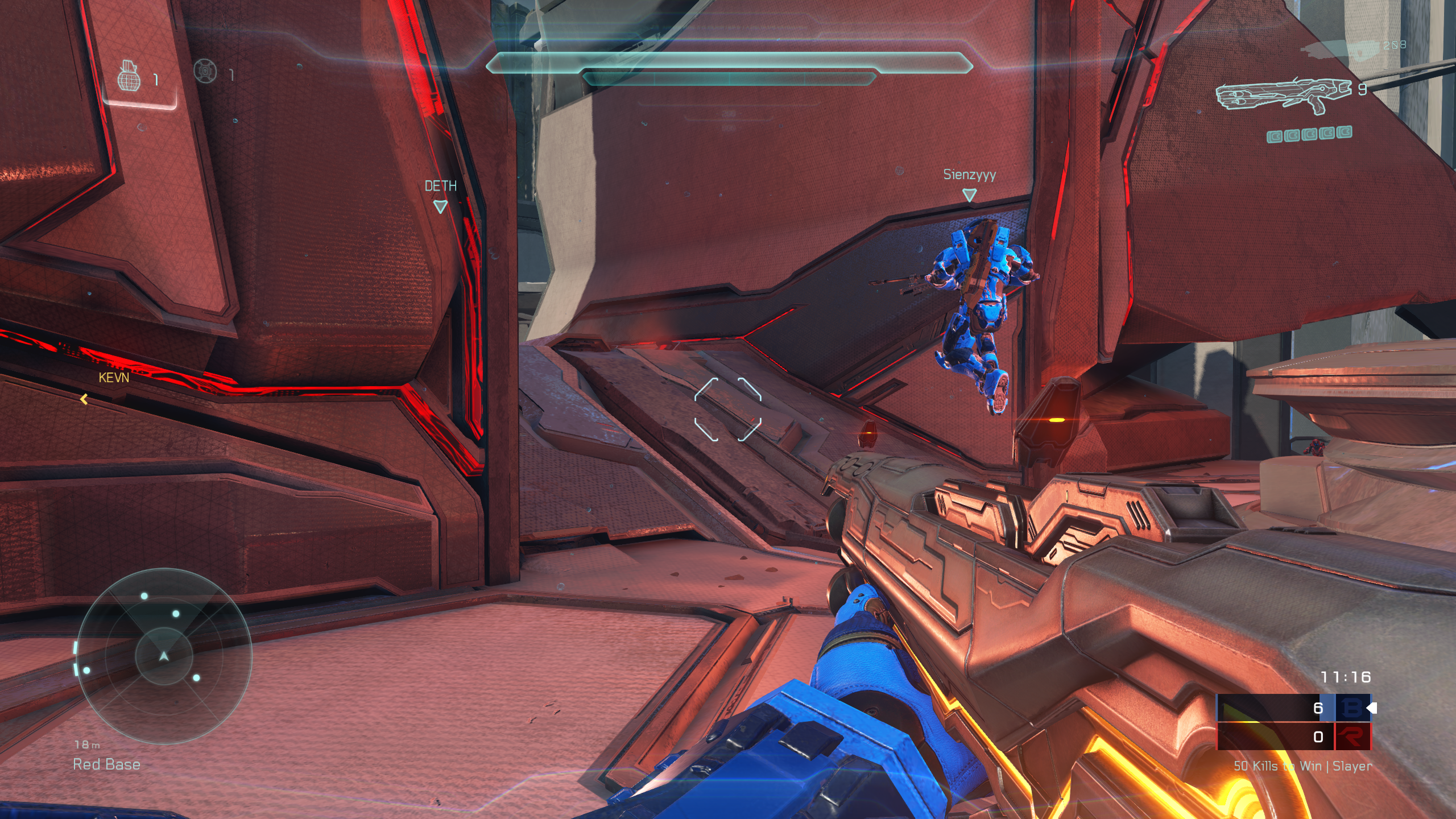Halo's weird, awkward history on PC
The tumultuous history of Bungie's shooter series, from Mac RTS to Microsoft's star console franchise.
Halo's long, dark absensce
Halo 3 was released in September 2007, just a few months after Halo 2 on PC. Halo Wars was released in 2009. PC versions never materialized. Halo 3: ODST and Halo Reach came and went with the same silence on the PC front. The Xbox 360 was a huge hit for Microsoft, and Halo was its star franchise. It was clear that selling more consoles, and bringing more gamers to Xbox Live, was the priority. Bungie and Microsoft parted ways, and Halo 4 finished out the console generation. Halo’s relationship with the PC was dead.
And yet the weirdness persisted. In early 2013, Halo: Combat Evolved, Halo 2 and Halo 3 appeared in the Steam database, igniting speculation that Microsoft was porting those games to PC and giving them a proper digital release. Games For Windows Live was practically dead, so a Steam release, though unlikely, was plausible enough for fans to latch onto. Then, one by one, other game names listed in the same database turned out to be real. They got proper Steam pages and release dates. An official announcement seemed inevitable.
Even when Microsoft denied plans for a Steam release, Halo fans held out hope. But the database entries never turned into real games. The sight of a mouse cursor in a development build of The Master Chief Collection again raised hopes that a secret PC version was on the way. But it wasn’t.

When Microsoft finally did announce a new Halo game for PC, the first in six years, it was Windows Phone twin-stick shooter Halo: Spartan Strike—not quite the competitive FPS fans were hoping for. Microsoft also named its personal assistant software Cortana. At least fans could talk to their PCs about Halo, for awhile. And then, finally, in 2015, the unthinkable: a new Halo shooter! It was for PC, it was called Halo Online, and it was... a F2P game only available in Russia?
Halo Online was tantalizingly built on the Halo 3 engine, and fans immediately started hacking into it to strip out the F2P elements and rebuild the original Halo 3 on PC. The engine may have been old, but the foundation of a great multiplayer game was still there. Rebuilt to run at 60 fps on modern PCs, Halo Online could’ve been the beginnings of the return PC gamers were waiting for. But Halo Online never launched out of beta and was never made playable outside of Russia before its cancellation in August 2016. The dry streak continued.
Until now, when history has finally started to repeat itself. In bizarre echoes of Halo 2, Microsoft released Halo 5: Forge on PC under the beleaguered Universal Windows App platform, requiring players to run the Windows 10 Anniversary update with a graphics card that supports DirectX 12. It’s almost uncanny how similar this looks to the Vista DirectX 10 fiasco—but this time, at least, it’s a free release on a (temporarily) free OS without an annual fee for Games For Windows Live.

Halo 5: Forge is a strange game, but it’s also a promising one. There’s no campaign, no multiplayer matchmaking, just a powerful map editor and the option of playing custom games with friends. Microsoft has no plans to release the full version of Halo 5 on PC, but it will be adding a custom game browser to Forge. Thanks to dedicated server support, we’re essentially going back to the way Halo 1 was first played on PC a decade ago. In an age where server browsers are starting to disappear in favor of matchmaking, even in PC-ass PC games like Team Fortress 2, it’s hard to believe that a port of a console shooter (from the series that invented matchmaking, no less) will be the one to uphold tradition.
The biggest gaming news, reviews and hardware deals
Keep up to date with the most important stories and the best deals, as picked by the PC Gamer team.
Halo 6, whenever it’s made, is almost certainly coming to PC. And in February 2017, Halo Wars 2 will finally realize Bungie’s very first prototype of Halo, a PC RTS, on our platform. It took another legendary strategy developer, Creative Assembly, to make it happen. And the game that killed Ensemble Studios? It’s coming to PC and Xbox One, too, as Halo Wars: Definitive Edition.
Halo's tumultuous history with the PC has followed the whims of the gaming industry for 16 years, as Microsoft has tried to make its star franchise suit any and every purpose. It's been a system-selling FPS, a trend-following MMO that died as trends shifted, a DirectX showpiece. At the height of the Xbox 360's popularity, Halo was locked to consoles. And now that the Xbox One is struggling, and Microsoft is turning Xbox and Windows 10 into one united ecosystem, Halo finally has a chance to shine on PC once again. Better late than never?

Wes has been covering games and hardware for more than 10 years, first at tech sites like The Wirecutter and Tested before joining the PC Gamer team in 2014. Wes plays a little bit of everything, but he'll always jump at the chance to cover emulation and Japanese games.
When he's not obsessively optimizing and re-optimizing a tangle of conveyor belts in Satisfactory (it's really becoming a problem), he's probably playing a 20-year-old Final Fantasy or some opaque ASCII roguelike. With a focus on writing and editing features, he seeks out personal stories and in-depth histories from the corners of PC gaming and its niche communities. 50% pizza by volume (deep dish, to be specific).

